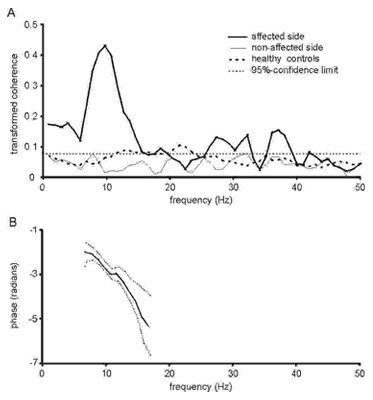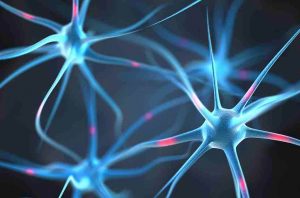Electromyography (EMG) Test

A test that assesses the health of the muscles and the nerves controlling the muscles, Electromyography (EMG) tests help physicians diagnose a variety of ailments. Electromyography (EMG) tests may help diagnose nerve compression or other injuries including carpal tunnel syndrome, nerve root injuries, and other problems of the muscles and nerves.
Symptoms that may lead to an Electromyography (EMG) test
If a patient seeks medical attention and exhibits symptoms that look like a nerve disorder or muscle disorder, the treating physician may order a type of diagnostic testing called an Electromyography (EMG) test. Symptoms that may lead to a doctor performing an EMG include:
- Tingling
- Numbness
- Muscle weakness
- Muscle twitching
- Cramping of muscles
- Muscle pain
How do physicians perform an Electromyography (EMG) test
An EMG test has two components; the nerve conduction study and the needle EMG. To perform an Electromyography (EMG) test, a spinal physician or physical medicine and rehabilitation specialist (physiatrist) starts the procedure with a nerve conduction study. During the nerve conduction study, the physician places electrodes onto the surface of the skin. This assesses the ability of the body’s motor neurons to send electrical signals. During the second part of the procedure, the physician inserts a needle electrode through the skin and into the muscle. This part of the procedure may cause some slight pain and discomfort to the patient. The electrode detects the activity of the muscles and displays the activity on an oscilloscope. The electrode may also report the activity using sound and the physician can hear the sound through a speaker. After placement of the electrodes, the physician may ask the patient to contract the muscle. The presence, size, and shape of the wave form produced on the oscilloscope provide information about how the muscle responds to stimulation of the nerves.
Potential findings following an Electromyography (EMG) test include:
- Radiculopathies
- Muscle disorders
- Nerve disorders
WHAT TO EXPECT DURING AN ELECTROMYOGRAPHY (EMG) TEST:
An Electromyography (EMG) test takes approximately 30 minutes to 1 hour. Patients undergoing an Electromyography (EMG) test should refrain from using body lotions or oils on the skin the day of the test. To ensure the skin is clean, patients should bathe or shower to remove any oily substance or natural oils prior to the procedure. Patients should not smoke for a minimum of three hours prior to an EMG. On the day of an EMG, patients should wear loose fitting clothing to allow for easy access to the treatment area. The treating physician may also require the patient to change into a hospital gown. AOA Orthopedic Specialists provide the gown if the patient needs to wear one. An Electromyography (EMG) test requires no other preparation. Patients may feel some discomfort during the insertion of the electrodes and the area may feel tender and appear bruised for two the three days following the test. The EMG test does not incapacitate the patient. During an Electromyography (EMG) test, the physician does not inject anything into the body and the test does not affect a patients work status or ability to drive.
If a patient has insurance, AOA Orthopedic specialists file an insurance claim on behalf of the patient. AOA Orthopedic Specialists require payment of deductibles, co-pays, and/or percentages not covered by the insurance of the patient at the time of service. Patients can find a full list of insurances that AOA Orthopedic Specialists accept on the AOA Orthopedic Specialists website.
 To view a list of all insurances that AOA Orthopedic Specialists accept, click HERE. To schedule an appointment online, click HERE.
To view a list of all insurances that AOA Orthopedic Specialists accept, click HERE. To schedule an appointment online, click HERE.

